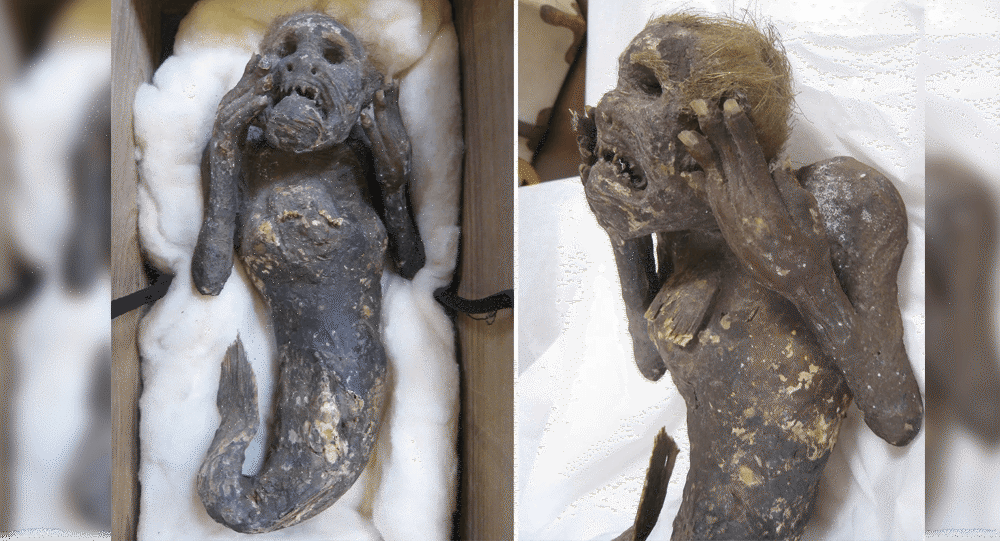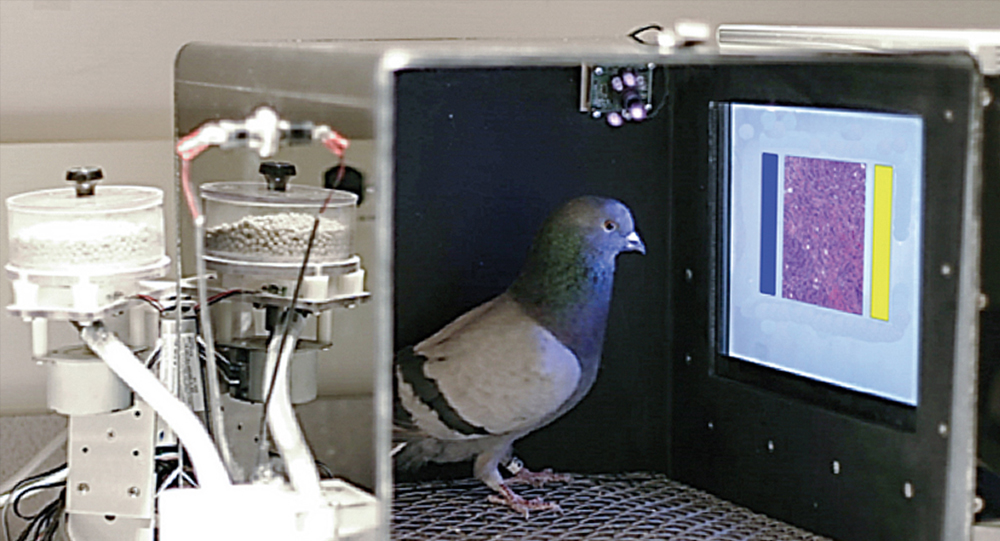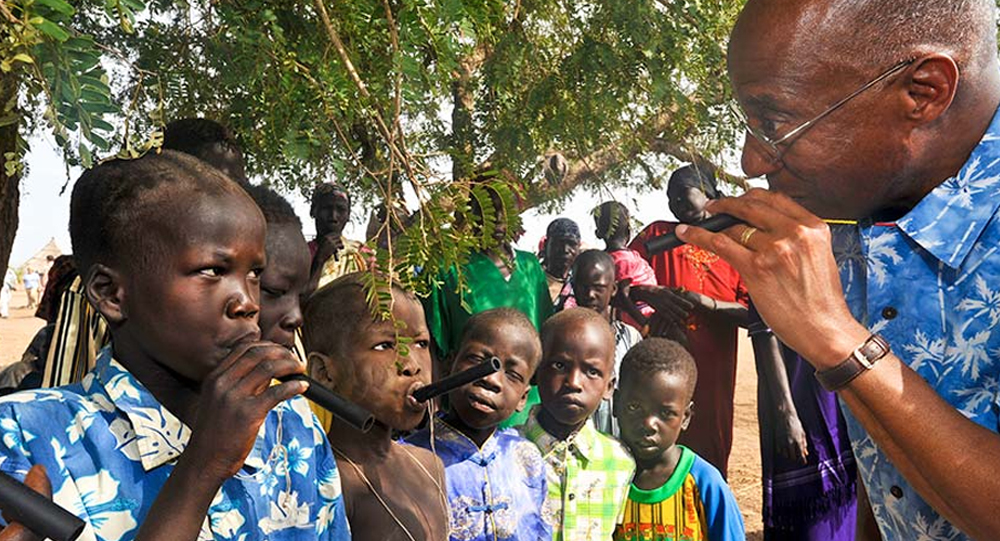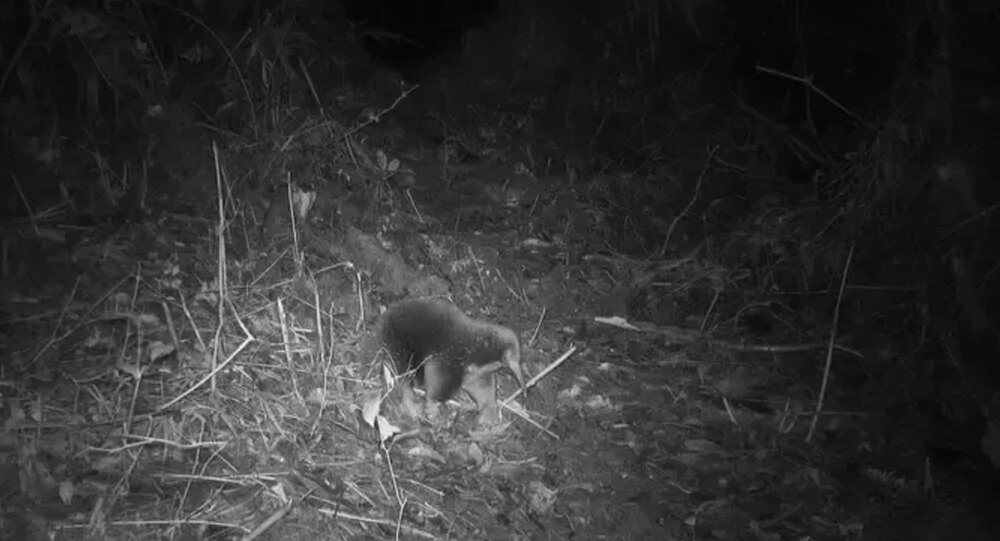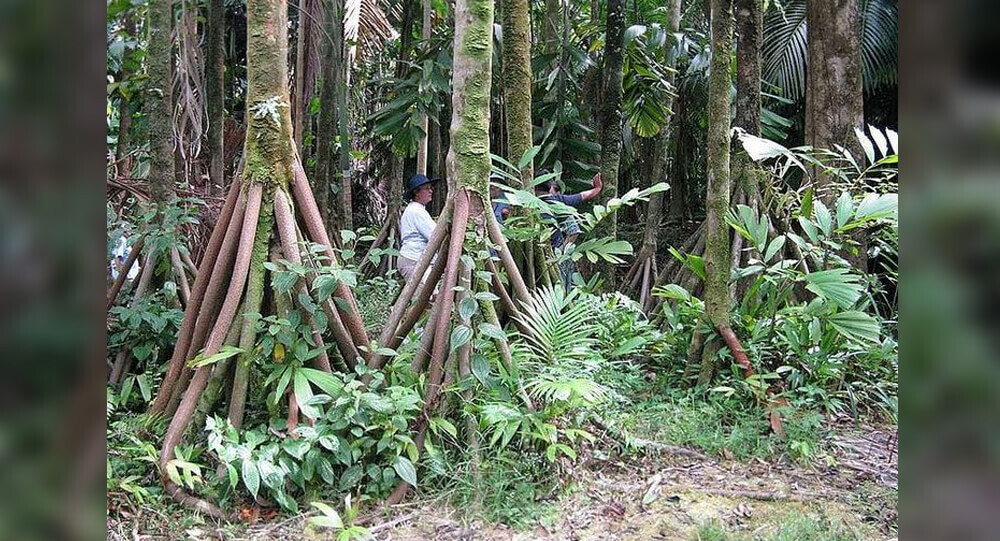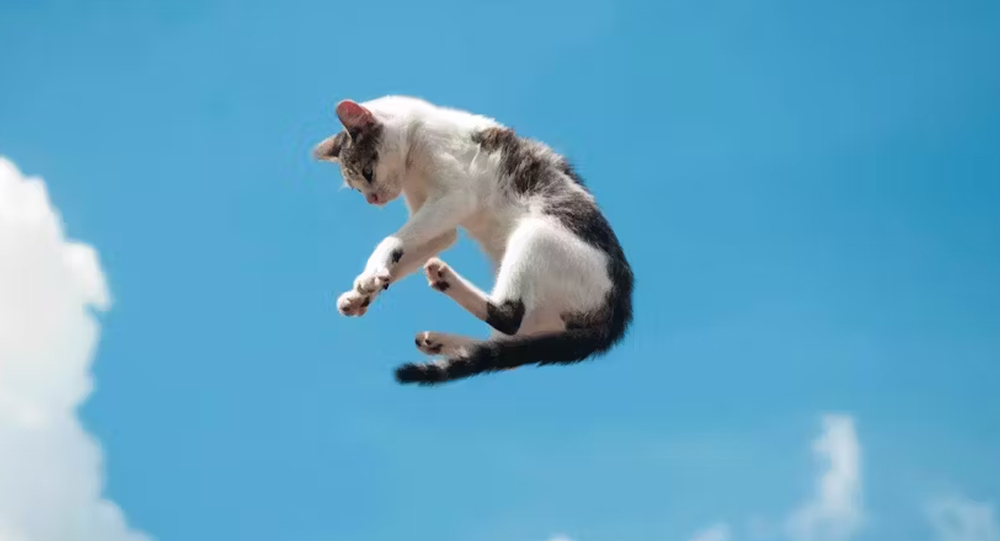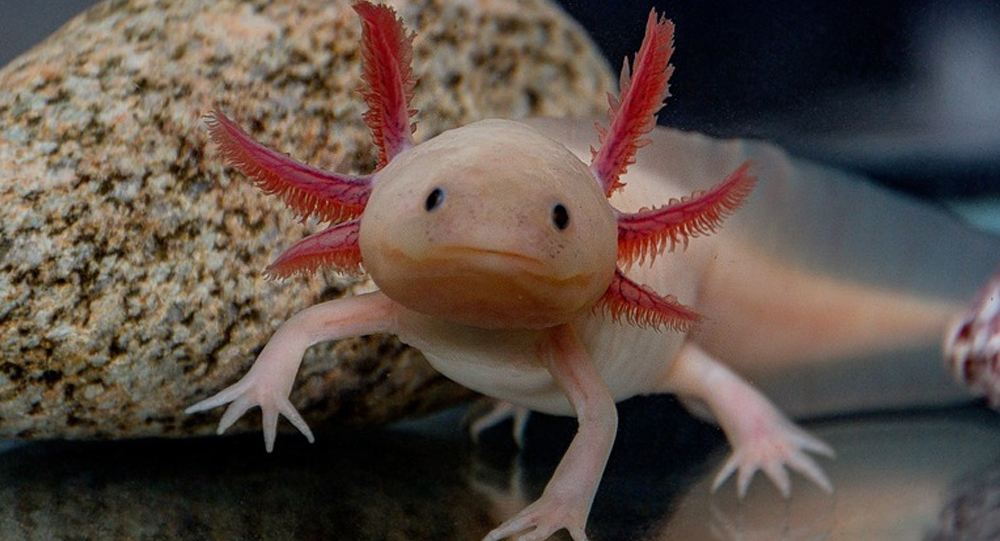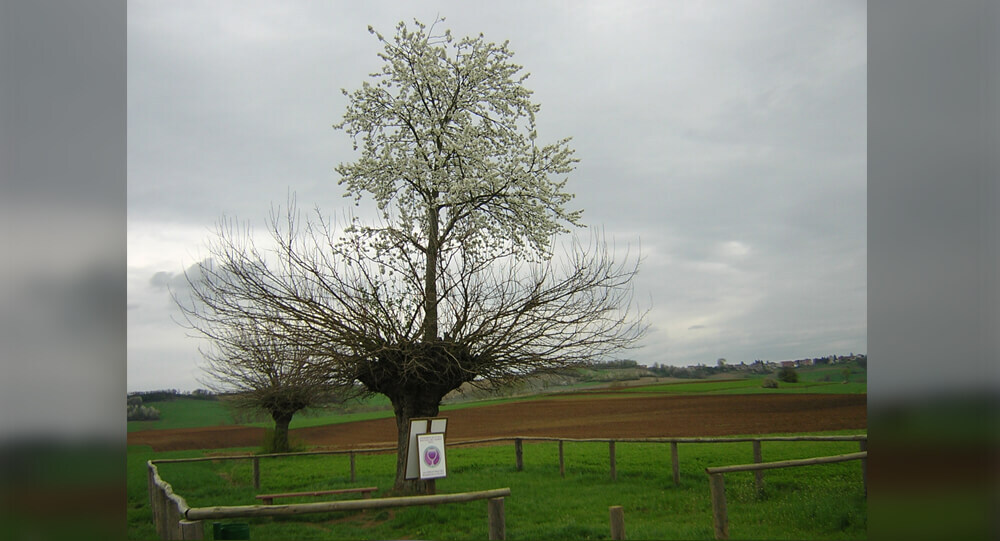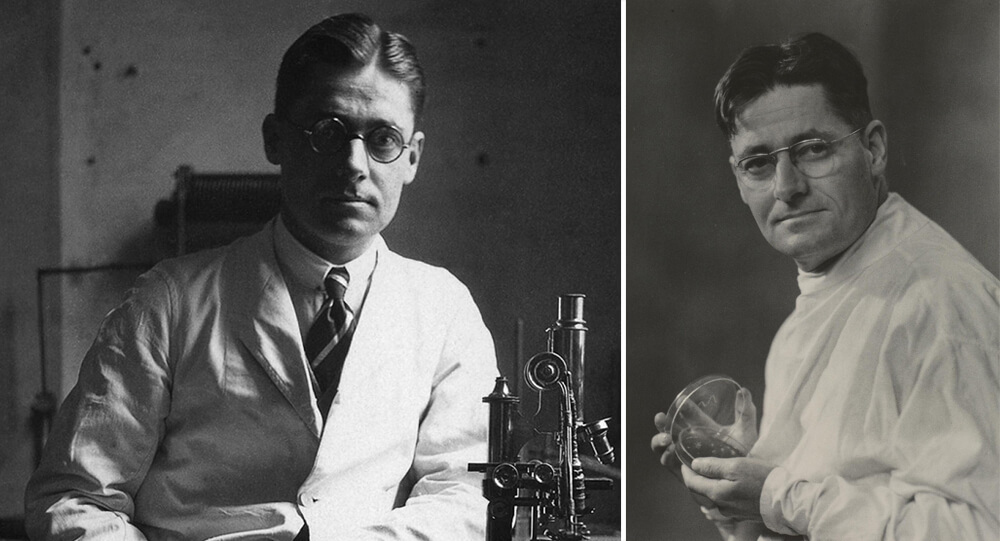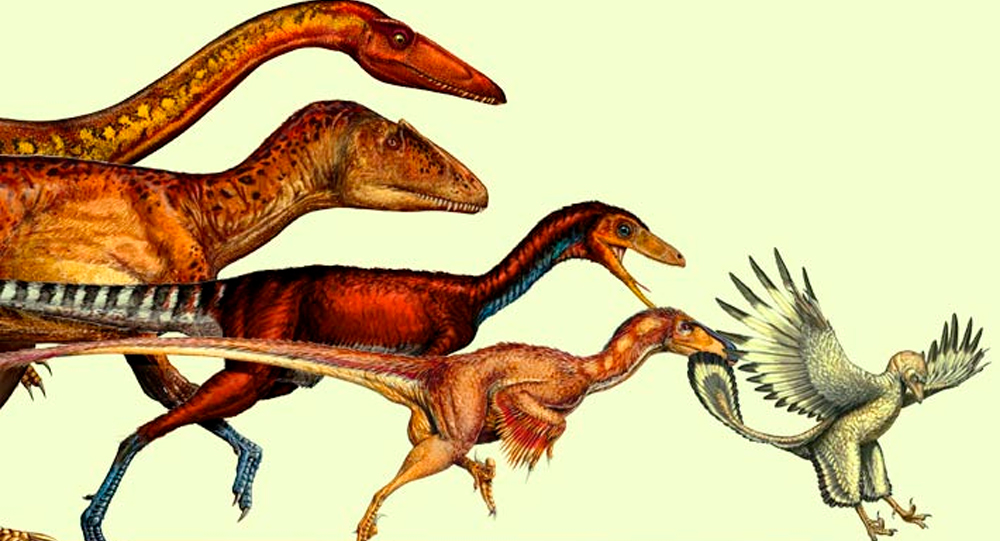

The Evolution of Flight: From Dinosaurs to Birds – A Journey Through Time and Science
The story of flight begins not with birds, but with theropod dinosaurs—bipedal, often carnivorous dinosaurs known for walking on their hind legs. Dating back about 160 million years to the Jurassic period, many theropods had primitive feathers, initially evolved not for flight, but likely for insulation, display, or camouflage.
Famous fossils, such as Archaeopteryx lithographica, discovered in the 19th century, provide the earliest clear evidence of a transitional form between dinosaurs and birds. This species combined dinosaur traits like teeth and a long bony tail with bird-like feathers and wings capable of gliding or primitive flapping. This finding revolutionized how scientists viewed the lineage—showing that birds are, in fact, living dinosaurs.
Shrinking Size and Wing Development: Keys to Flight Evolution
One crucial evolutionary trend was miniaturization. Unlike many other dinosaur lineages, bird ancestors rapidly shrank in size, evolving more lightweight, streamlined bodies that aided developing flight capabilities. This size reduction was unusually rapid—some studies estimate it occurred about 160 times faster than other dinosaur changes.
Alongside shrinking, the forelimbs of these theropods gradually transformed into wings. Feathers—originally simple filaments—became more complex, developing a central shaft and barbs that formed the aerodynamic surfaces necessary for lift.
Scientists believe the first powered flight emerged after an intermediate phase of gliding and parachuting, where small feathered theropods could maneuver from tree to tree, escaping predators or hunting prey. Over millions of years, muscle strength improved, and skeletal structures adapted, culminating in the fully powered flapping flight seen in modern birds.
The Great Extinction and Bird Diversification
Some 66 million years ago, an asteroid impact caused the mass extinction of most dinosaurs and many other species. While this catastrophe ended the reign of giant reptiles, it simultaneously opened ecological niches.
Evidence suggests that the ancestors of modern birds not only survived this extinction but were already diversifying before it occurred. Post-extinction, these birds flourished, evolving into thousands of species adapted to oceans, forests, and plains—ranging from tiny hummingbirds to massive flightless ostriches.
This adaptive radiation coincided with the rise of flowering plants and insects, creating new food sources and habitats that propelled bird evolution into the diverse class Aves we know today.
Modern Birds and Their Dinosaur Legacy
Today, birds retain many dinosaurian traits hidden beneath their feathers: hollow bones, a suite of shared skeletal structures, and even certain genetic markers. They are part of the larger reptile clade called Archosauria, alongside crocodilians, corroborating their lineage.
Birds’ feathers originally developed for functions other than flight highlight evolution’s opportunistic nature—a complex trait evolving stepwise rather than in a sudden leap. Modern research uses genome sequencing and fossil evidence to refine understanding of when and how specific traits emerged.
Fascinating Trivia About Flight Evolution
- Archaeopteryx, often dubbed the “first bird,” lived around 150 million years ago and had both bird-like wings and dinosaur-like teeth and claws.
- Feathers likely evolved tens of millions of years before true flight, serving roles such as temperature regulation and mating displays.
- The closest living relatives of birds are crocodiles—both groups descending from ancient Archosaurs.
- Flightless birds like ostriches and emus are examples of secondary flight loss, evolving from flying ancestors who adapted to ground life.
- Miniaturization was a rare evolutionary event among dinosaurs, illustrating the unique pressure for lightness leading to flight.
- New fossil discoveries continue to fill gaps, with some dinosaur species found sporting elaborate feather patterns—sometimes vividly colored.
- The transition from gliding to powered flight is still debated, with theories including “trees-down” (arboreal) and “ground-up” (running takeoff) hypotheses.
Final Thoughts: From Roaring Dinosaurs to Soaring Birds
The evolution of flight is a story of profound transformation—one that reshaped life on Earth and gave rise to the vast avian diversity filling our skies. By tracing the lineage of birds back to their dinosaur ancestors, science not only uncovers the mechanics behind flight but also the broader narrative of adaptation, survival, and innovation in nature.
Next time you see a bird swooping gracefully overhead, remember: you are witnessing the legacy of creatures that once ruled as dinosaurs, who over millions of years, learned to conquer the skies.
If you enjoyed this exploration of flight’s evolution, share it with fellow nature enthusiasts and keep uncovering the wonders of life’s history.
Sources & Further Reading:
- Encyclopaedia Britannica: Origins of Birds
- Scientific American: How Dinosaurs Shrank and Became Birds
- Natural History Museum: How Dinosaurs Evolved into Birds
- Proceedings of the National Academy of Sciences on Bird Diversification
- Wikipedia: Evolution of Birds
- Understanding Evolution by Berkeley

Mystery of 300-year-old mummified mermaid is being probed
There is a 300-year-old mummified mermaid with 30 centimetres tall and features a human-like head, two hands with what appear to be fingernails, and its lower body that look like a fish tail. The “mermaid mummy” is being probed by Japanese scientists in an attempt to unravel the mystery of its existence.

The Science Behind Pigeons in Cancer Detection and What It Means for Medicine
In a groundbreaking study, researchers have discovered that pigeons can be trained to distinguish between cancerous and non-cancerous tissues in medical images with accuracy rivaling that of human experts. This surprising capability opens new avenues for understanding visual perception and has potential implications for improving diagnostic tools in medicine. Here is the fascinating science behind pigeons’ ability to spot cancer and what it signifies for the future of medical imaging.

The touching story of David Vetter (bubble boy), the 'boy who lived in a bubble
David Vetter lived his whole 12 years in sterile “bubble”. He was “outside” for 20 second after being removed from his mother’s womb. He never touched any human.

What makes bananas radioactive?
Yes, It is true that bananas contain radioactive substances. But the same can be said for spinach, potatoes, oranges, Brazil nuts, kitten litter, granite counter tops, even the air you breathe! Radioactivity is unavoidable and all around us. So, what exactly is it?

Meteorite found in Sahara Desert older than the earth
This Sahara Desert Meteorite was discovered to be older than the earth itself. This Meteorite is estimated to be 4.6 billion years old, while earth is estimated to be 4.54 billion years old.

Why are there 24 hours in a day and 60 minutes in an hour
Ancient Babylonians did math in base 60 instead of base 10. That's why we have 60 seconds in a minute and 360 degrees in a circle.

Dr. Donald Hopkins: From Smallpox Eradication to Near-Ending Guinea Worm Disease
Dr. Donald Hopkins helped eradicate Smallpox, and is on the verge of killing another disease. He's taken Guinea Worm Disease down from 3.5 million cases a year to just 28 cases last year.

The Science Behind Why We Dream and What It Means
Dreams have fascinated humanity for millennia—enigmatic stories that unfold in sleep, weaving memories, emotions, and symbols. Modern science is now unraveling why we dream and exploring what these nightly narratives reveal about our brain, emotions, and waking lives. Journey through the latest discoveries on the science of dreaming and its meaningful reflections in our psyche.

For the First Time in 60 Years, Scientists Discover a 'Lost' Echidna Species
An expedition team in Indonesia discovered the elusive, egg-laying animal (Echidna) named after David Attenborough, which had not been seen since 1961.

Ocean Atlas: Exploring the World’s Largest Underwater Sculpture in the Bahamas
On the western coast of New Providence in Nassau, Bahamas, there is a tourist attraction that you can dive down to see. Called Ocean Atlas, this is the largest single underwater sculpture ever installed. It depicts a local Bahamian girl carrying the weight of the ocean, in reference to the Ancient Greek myth of Atlas holding up the heavens.

The “Walking” Palm, tree species can walk up to 65 feet each
This tree species can walk up to 65 feet each year to find the best habitat to live in.

How Sleep Cycles Affect Cognitive Function and Memory Retention
Sleep is not just rest—it's an active process where our brain cycles through stages that shape cognition, memory, and overall mental performance. Different sleep phases, from deep slow-wave sleep to REM dreaming, play unique roles in consolidating memories, boosting attention, and refreshing brain networks. Explore how sleep cycles work and why they are essential to learning and sharp thinking.

The World’s First Seismograph: How Ancient China Detected Earthquakes 1,800 Years Ago
Over 1,800 years ago, long before modern technology, the ancient Chinese astronomer and inventor Zhang Heng created the world’s first seismograph in 132 AD. This ingenious bronze device could detect distant earthquakes by releasing small balls from dragons’ mouths into toads’ mouths—each indicating a different compass direction. Its historic detection of an earthquake 400 miles away astonished the imperial court and transformed the way societies understood and responded to seismic events.

A 28-year-old scientist could win a Nobel Prize for creating new class of antibiotics
A 28-year-old scientist could receive the Nobel Prize for developing a new class of antibiotics that fight drug-resistant bacteria, but she only has months to live after being diagnosed with incurable heart cancer, and she says "There aren't words to express how sad I feel' about not seeing award."

The Astonishing Case of Sanju Bhagat: Living with a Twin Inside Him for 36 Years
Sanju Bhagat, an Indian farmer, lived with an undiagnosed parasitic twin inside his abdomen for 36 years. In 1999, doctors discovered the twin during surgery. This rare condition, fetus in fetu, occurs when a malformed twin is absorbed during pregnancy, surviving within the host sibling's body.

Man gave his stem cell fund to a disabled boy
Dan Black, who was paralyzed in a bike accident, spent four years raising 20,000 for a stem cell treatment that could let him walk again. However, after learning about a five-year-old boy with cerebral palsy, he donated the funds for the boy's medical treatment in order to enable him to take his first steps.

The Physics Behind Why Cats Always Land on Their Feet
Cats have an extraordinary survival skill known as the “righting reflex” that allows them to twist midair and land on their feet, even when dropped upside down. This uncanny ability is made possible by their flexible spine, lack of a functional collarbone, and a combination of biological sensors and physical laws governing motion. Astonishingly, kittens develop this reflex as early as three weeks old, mastering the art of graceful landing that defies everyday expectations. This article unravels the science and mystery behind this feline feat.

Why Some Animals Can Regenerate Limbs and What Science Says About Human Possibilities
Certain animals possess the extraordinary ability to regenerate lost limbs, a process that has fascinated scientists and inspired hopes for human medical breakthroughs. From salamanders’ perfect limb regrowth to starfish’s incredible body regeneration, this article explores how and why these animals can perform such feats, the biological mechanisms underpinning regeneration, and what cutting-edge research means for the future of human limb regeneration.

The Unique Grana Double Tree of Piedmont, Italy
The “Grana Double Tree” in Piedmont, Italy is a highly unusual tree, which consists of a cherry tree growing atop a mulberry tree. It is essentially a two-species, two-tiered hybrid duplex.

Dr. Leonid Rogozov: the surgeon who removed his own appendix.
Dr. Leonid Rogozov was a legendary surgeon who operated on himself in 1961 to remove an inflamed appendix.

Megamouth Shark And Her Babies Found Dead In The Philippines
Filipino zoologists have recorded a pregnant megamouth shark for the first time ever since the rare aquatic specie was discovered in 1974.

Woman's transplanted 'man hands' became lighter and more feminine over time
After losing both arms in an accident, an Indian girl received limbs from a male donor. The donor hands, which were formerly huge and hairy, changed skin tone and became thin and feminine over time to mix in with her body.

The extraordinary case of Olivia Farnsworth, who hit by a car and dragged down the street without pain because of chromosome 6 deletion
In 2016, 7-year-old Olivia Farnsworth was hit by a car and dragged down the street, but she did not feel a thing. That is because of a rare condition called “chromosome 6 deletion,” which causes her to feel no pain. She also does not experience hunger or exhaustion.

Henrietta Lacks: Who Was She? Here's how HeLa cells became necessary for medical research
Henrietta Lacks was died in 1951. The tumor that killed her has been alive and growing to this day. The tumor is immortal and was used to progress the Polio vaccine and is the jumping point for most human cell research to this day. Scientists have grown some 20 tons of her cells.

How did Howard Florey discover penicillin
Penicillin was discovered by Alexander Fleming, but he never attempted to turn it into an antibiotic. It wasn't until ten years later that Howard Florey discovered Fleming's obscure paper and understood the mold's potential. Up to 200 million lives may have been saved as a result of Florey's work.
